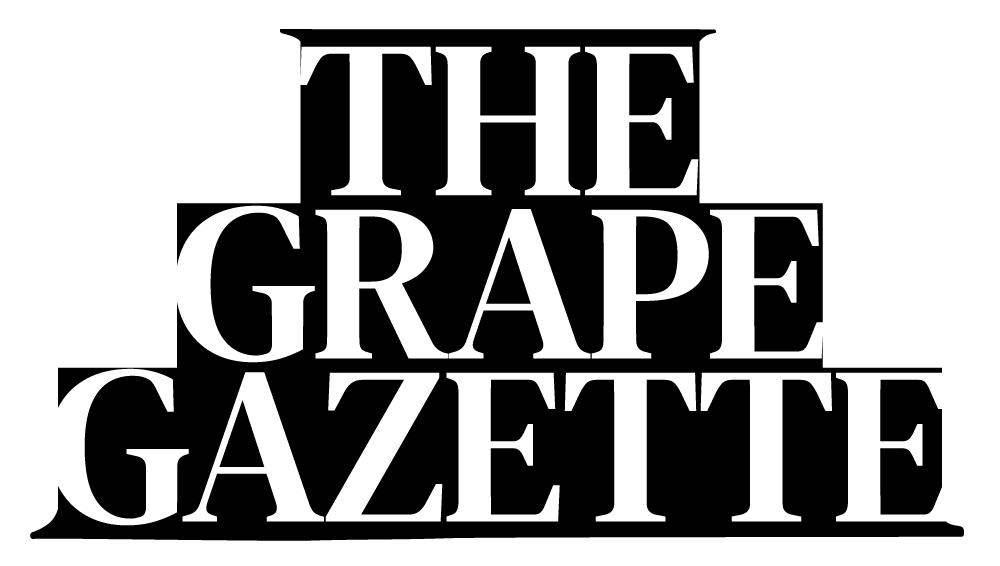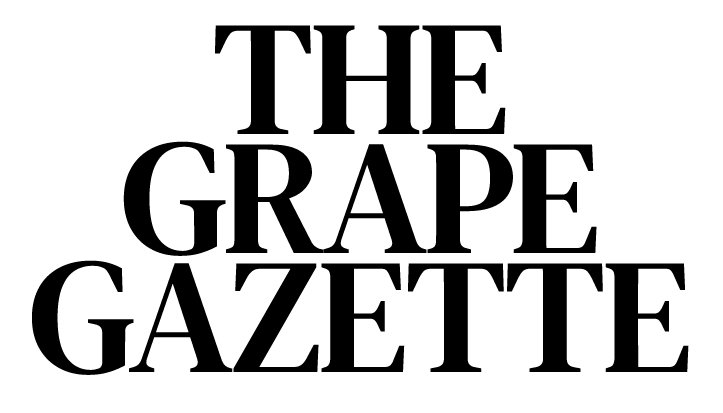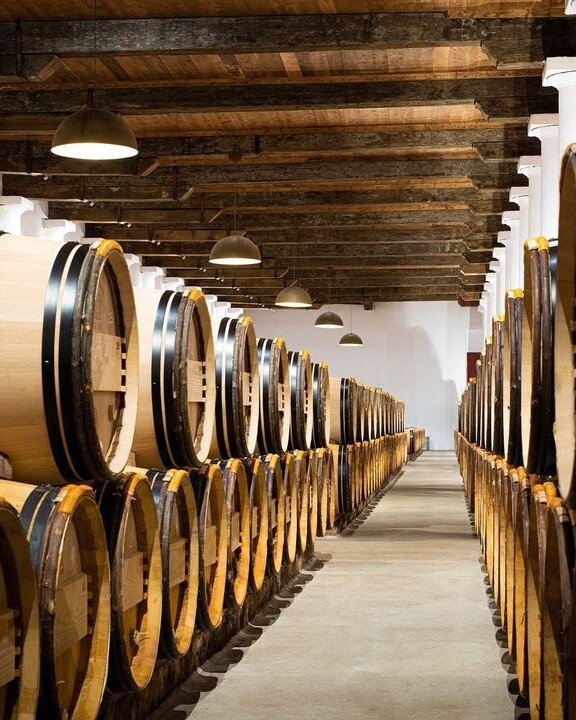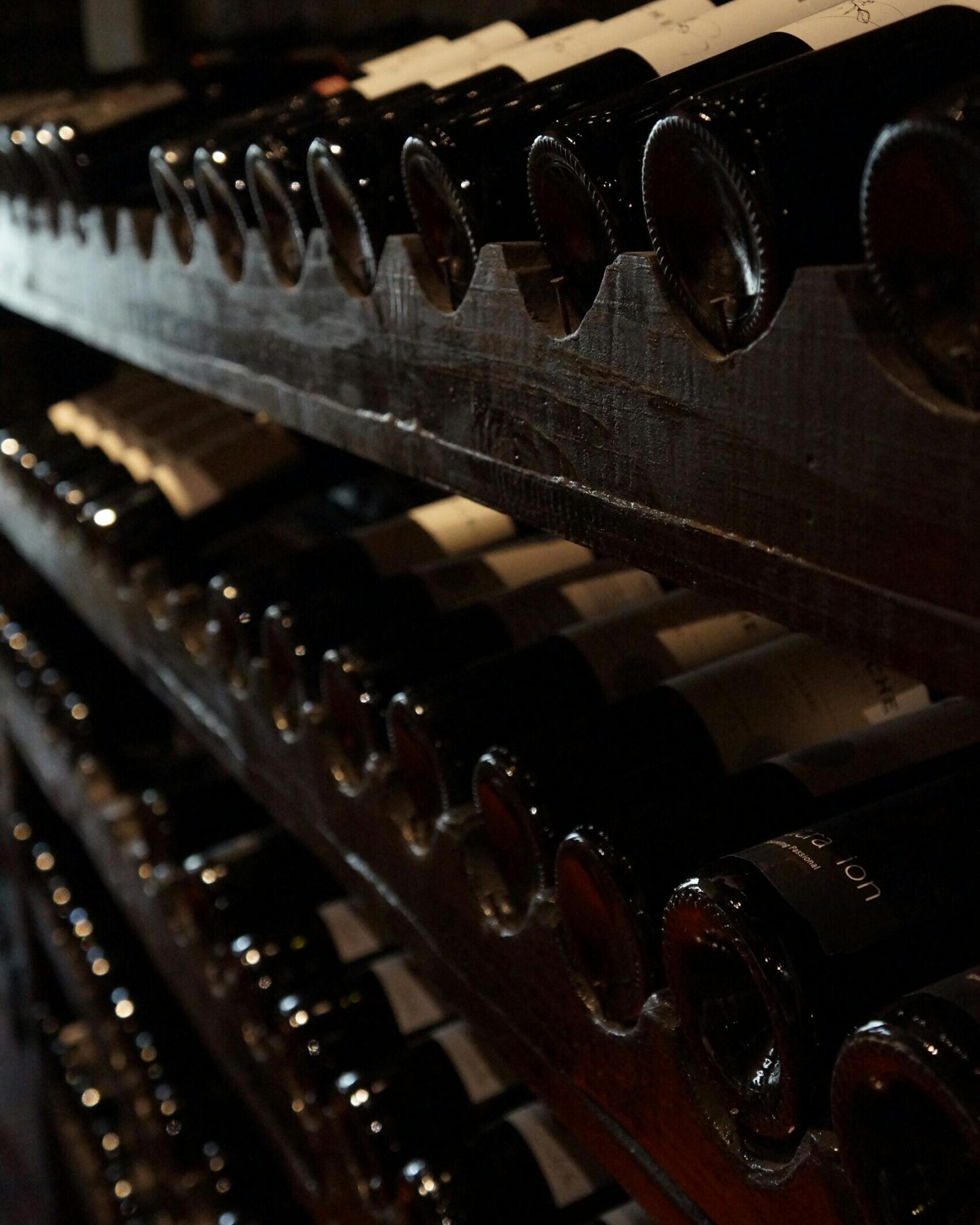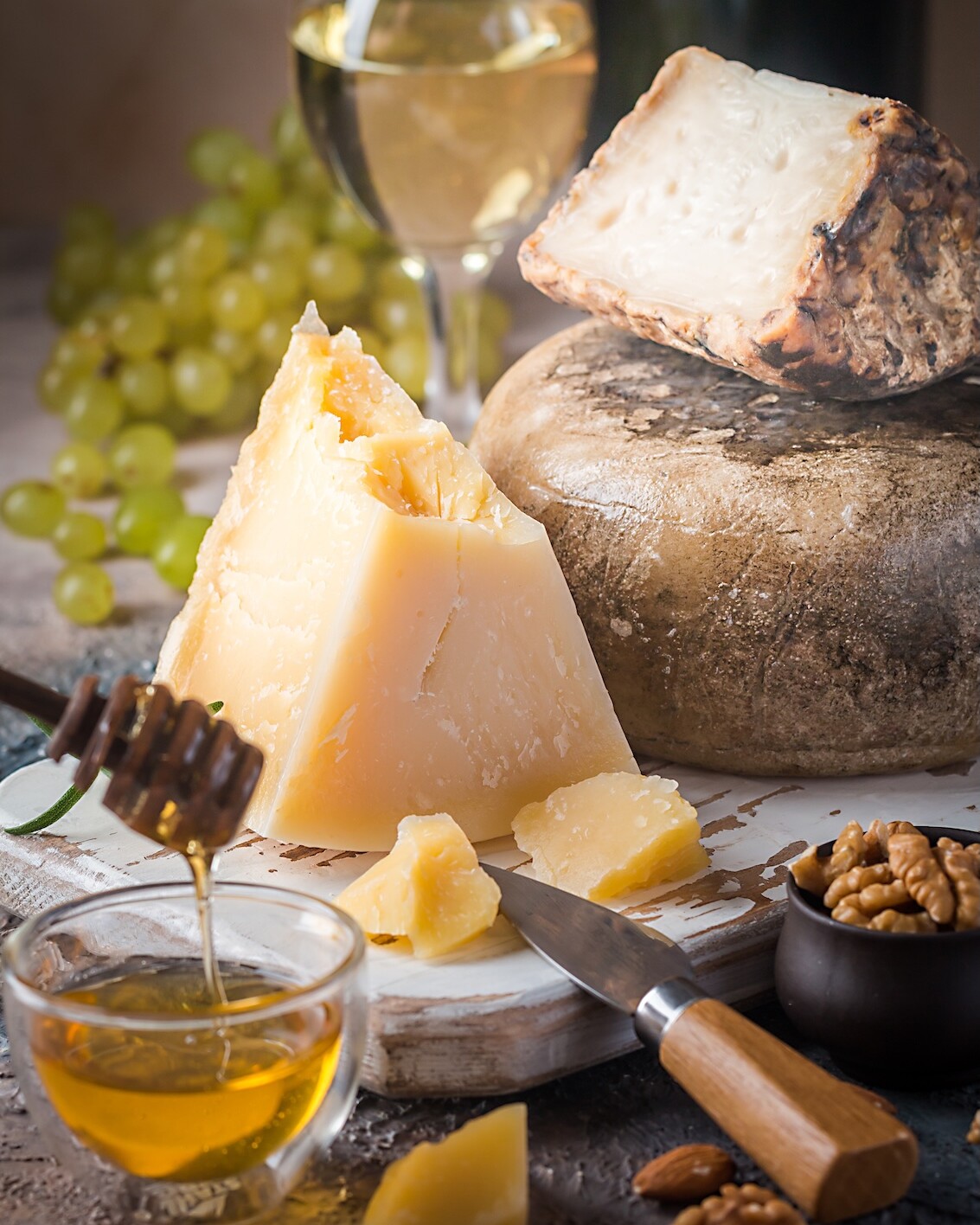When you’re building a wine collection with ageing in mind, it’s crucial to understand the characteristics that allow a wine to develop over time. The right combination of acidity, tannins, and sugar can ensure a bottle evolves, creating deeper flavours and complexity as it matures. Here are some top wines to consider if you’re looking for bottles that will improve with age.
Bordeaux Reds: A Masterclass in Ageing
Few wines age as gracefully as a well-made Bordeaux. With its perfect balance of tannins, acidity, and concentrated fruit, Bordeaux reds are synonymous with long-term cellaring. These wines, particularly from the Left Bank, are often Cabernet Sauvignon-heavy blends. Over time, the bold tannins soften, allowing subtle notes of earth, leather, tobacco, and truffle to emerge. The crème de la crème—Château Latour, Château Margaux, or Château Lafite Rothschild—are ideal choices for a cellar focused on ageing, as they can comfortably age for 20 years or more. Even smaller names like Cru Bourgeois from a strong vintage will reward your patience after 10-15 years, making it a more affordable way to build a cellar with ageing potential.
Barolo: The King of Italian Ageing Wines
In Italy, Barolo is often dubbed the ‘king of wines and the wine of kings’ for a reason. This Nebbiolo-based wine is renowned for its tannic structure and high acidity, both of which are essential for long-term ageing. What makes Barolo special is its evolution—starting out with bright cherry, rose, and tar notes, and slowly developing into something complex, with truffle, dried herbs, and more savoury nuances. Top producers like Gaja, Bartolo Mascarello, or Paolo Scavino create wines that can easily be left for 15-30 years, during which time they’ll transform into something utterly enchanting.
Burgundy: Elegance in Ageing for Both Red and White
When thinking about Burgundy, both Pinot Noir and Chardonnay are varietals worth investing in for ageing. Red Burgundy from the Côte de Nuits, particularly Grand Cru bottlings, offers a completely different experience after 15-20 years in the cellar. Pinot Noir’s silky tannins and fresh acidity slowly morph into layers of earthy complexity, with mushroom, forest floor, and dried red fruit coming to the forefront. Notable producers like Domaine de la Romanée-Conti and Domaine Leroy offer age-worthy reds, but you don’t need to go that high-end to enjoy the benefits of ageing. White Burgundies, especially from Chablis or the Côte de Beaune, are some of the most ageable white wines in the world. Producers like Domaine Raveneau or Coche-Dury create age-worthy Chardonnays that develop nutty, buttery, and honeyed characteristics over time, while retaining their mineral-driven core.
Riesling: A Champion of White Wine Ageing
Riesling often flies under the radar, but it’s one of the most ageable white wines on the planet. Its high acidity is key to its ageing potential, allowing Rieslings to last for decades. German Riesling, especially from the Mosel, Rheingau, and Nahe regions, starts with vibrant citrus and floral notes, but as it ages, it develops petrol-like aromas alongside honey, apricot, and spice. The combination of residual sugar in some styles helps preserve the wine, making it a perfect candidate for long-term cellaring. Top producers like Egon Müller, Joh. Jos. Prüm, and Dr. Loosen create Rieslings that will only get better with time, some lasting up to 30 years or more.
Champagne: Vintage Bottles Built for Ageing
Not many people consider Champagne when thinking about wines for ageing, but vintage Champagne can develop beautifully over 10-20 years or more. The rich, complex profile of vintage Champagne evolves as it matures, with the fresh citrus and brioche notes developing into something more profound, with layers of toasted nuts, honey, and creamy texture. Dom Pérignon, Pol Roger, and Bollinger are some of the top houses producing vintage Champagne with ageing potential. For a more budget-friendly option, seek out grower Champagnes, which can also offer complexity and development with a decade or more of ageing.
Vintage Port: Built for Decades of Ageing
When it comes to sweet wines that are built to age, Vintage Port is a natural choice. Made from a blend of Portuguese grape varieties, such as Touriga Nacional, these wines are bottled unfiltered and intended to evolve over several decades. Expect to keep a good bottle of vintage port for 20-40 years, with top producers like Taylor’s, Graham’s, or Dow’s creating wines that develop layers of fig, dried fruit, chocolate, and spice over time. Their rich sweetness and bold tannins make them ideal candidates for long-term storage.
Proper Storage: The Key to Successful Ageing
No matter how perfect a wine is for ageing, how you store it is crucial to its success. Wines need to be kept in a dark, cool environment with a stable temperature (around 12-14°C) and consistent humidity. Exposure to too much light or fluctuating temperatures can spoil the delicate ageing process. Make sure your cellar or wine fridge is set up to protect your investments—your future self will thank you when you’re enjoying the fruits of your ageing wines.
Whether you’re just starting a wine collection or looking to add some age-worthy bottles to your current stash, choosing wines with the right structure, acidity, and tannin levels will help ensure they mature gracefully. With careful selection and proper ageing conditions, these wines will evolve into complex, rewarding masterpieces.
